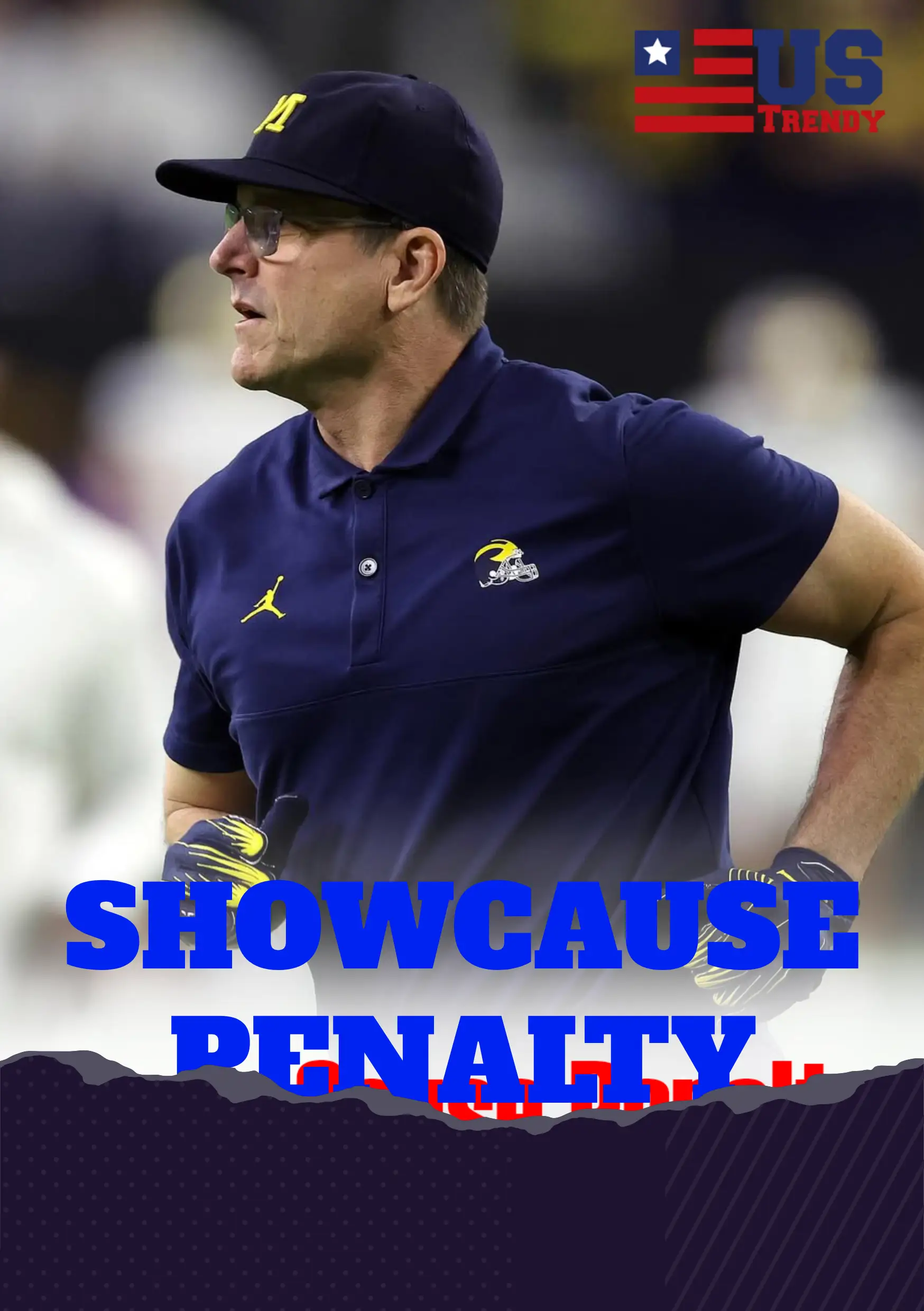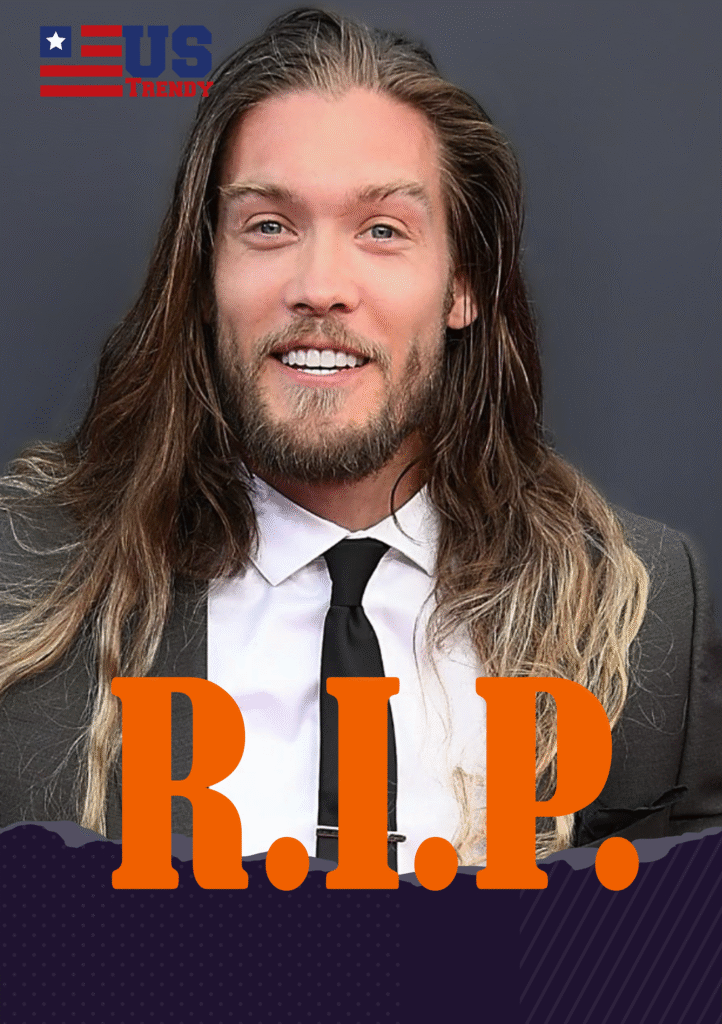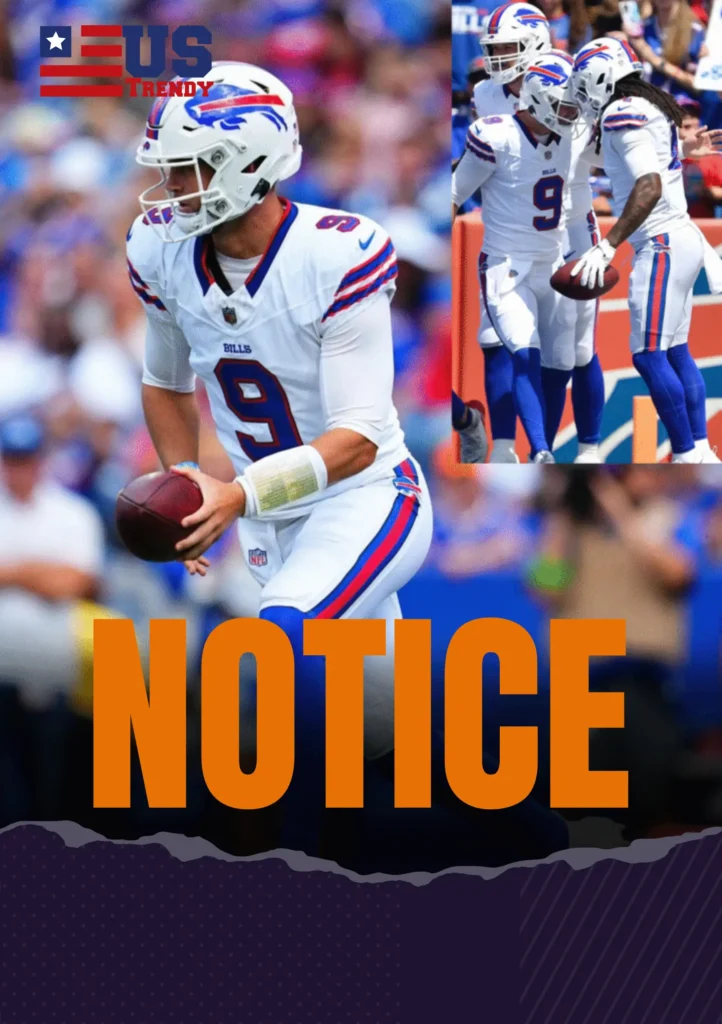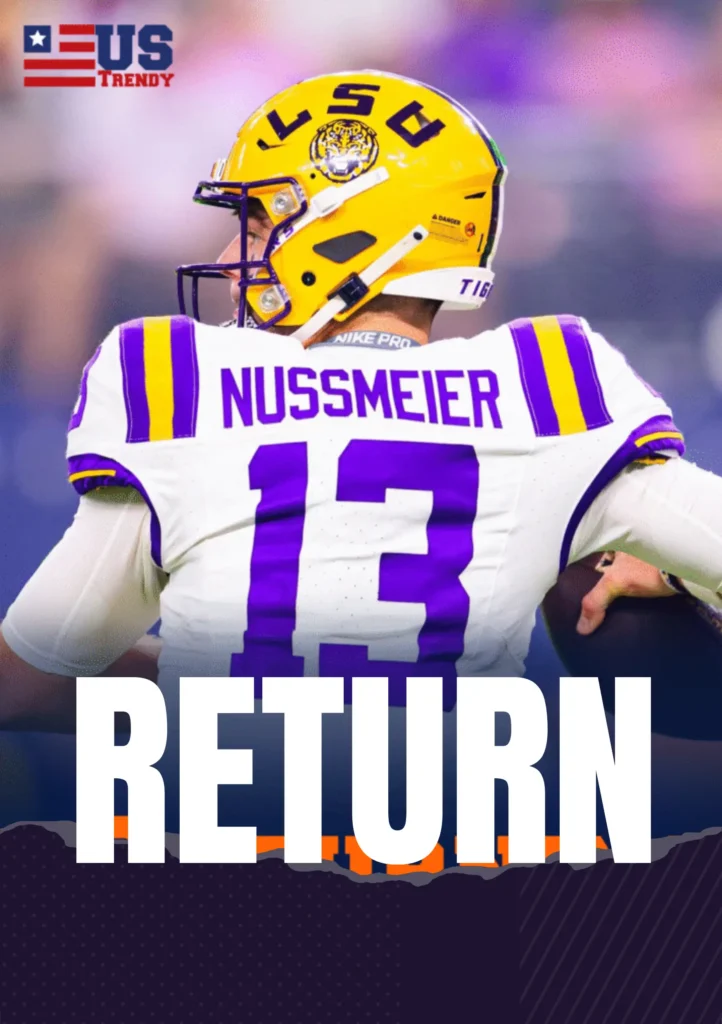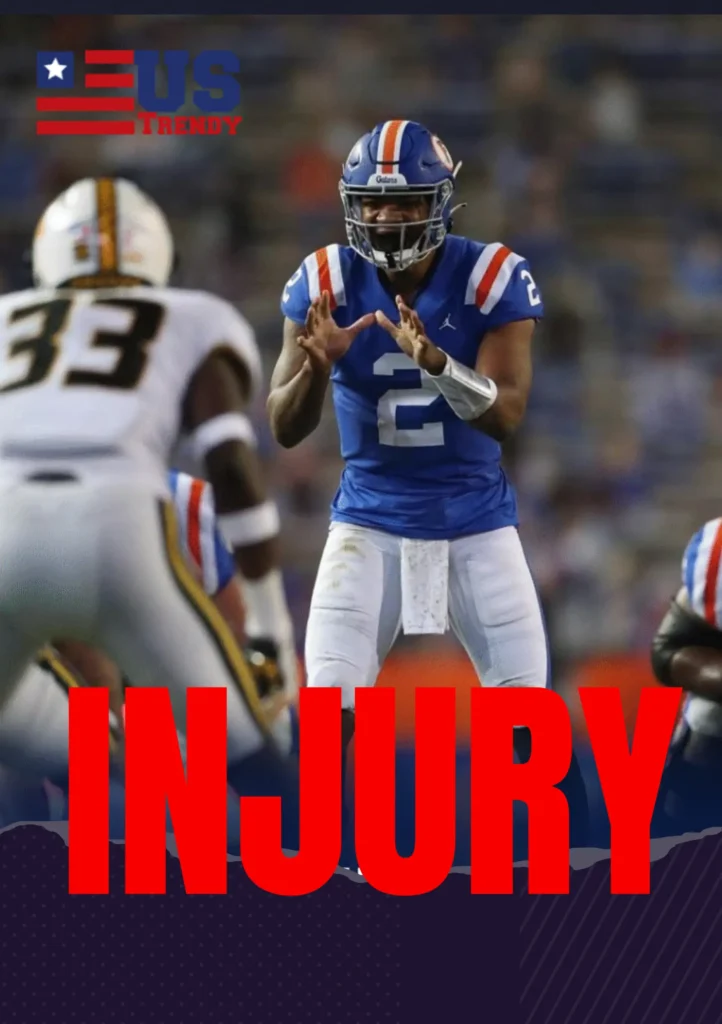Michigan football avoided a postseason ban but drew massive fines and multiple Show Cause Penalty. Here’s what a show-cause penalty is and why it matters.
For Searchers in a Hurry
- The NCAA announced major penalties in the Michigan sign-stealing case, including record financial sanctions and multiple show-cause penalties for individuals.
- Jim Harbaugh (now with the NFL’s Chargers) received a 10-year show-cause order; Connor Stalions received 8 years; Sherrone Moore received a 2-year show-cause plus a three-game suspension; reports indicate Denard Robinson also drew a multi-year show-cause.
- Michigan avoids a postseason ban, but faces tens of millions in financial hits, scholarship/visit cuts, and recruiting restrictions.
- If you’re asking “what is a show-cause penalty?”, it’s an NCAA order that effectively “tags” a coach or staffer so that any school hiring them must accept specific restrictions and justify the hire to the NCAA — often ending careers in college sports.
The latest: NCAA ruling on Michigan — what’s new, what’s next
After nearly two years of investigation into an impermissible, in-person scouting and sign-stealing scheme tied to former staffer Connor Stalions, the NCAA’s Division I Committee on Infractions issued a sweeping decision: no postseason ban for the team, but record financial penalties, recruiting restrictions, and multiple show-cause orders for involved individuals. The Committee cited “overwhelming evidence” of a multi-season effort to decipher opponents’ signals using in-person scouting and a network of helpers, with some evidence later destroyed or withheld.
Headline sanctions (program):
- Financial penalties exceeding $20 million (including a $50,000 NCAA fine and forfeiture of significant future postseason revenue shares).
- 10% reductions to football budget and scholarships, 25% cut to official visits, and a 14-week ban on recruiting communications; four years’ probation.
- No postseason ban and no vacated 2023 wins, with the NCAA citing fairness to current players.
Headline sanctions (individuals):
- Jim Harbaugh: 10-year show-cause order (affects any potential future college role).
- Connor Stalions: 8-year show-cause for orchestrating the operation.
- Sherrone Moore (current HC): 2-year show-cause plus 3-game suspension (two self-imposed, one additional).
- Denard Robinson (former assistant): reports indicate a multi-year show-cause as well.
This outcome arrives after Big Ten-level discipline in 2023 and extensive speculation about NCAA penalties. Despite arguments that further punishment could unduly penalize current athletes, the NCAA chose a middle path: heavy institutional pain, individual accountability, no team ban.
What is a “Show Cause Penalty” in the NCAA?
A show-cause penalty is an NCAA order that attaches specific restrictions to an individual (typically a coach or recruiting staffer) for a set period. If any NCAA school wants to hire that individual during the show-cause window, the school must “show cause” why it should be allowed, often agreeing to strict, pre-defined limits on duties (e.g., no recruiting off-campus, no game-day role, or outright bans). Because it makes hiring cumbersome and risky, a show-cause can be career-ending in college sports.
Quick answers people search for
- What is a show-cause penalty? An NCAA order that follows the person, forcing any hiring school to accept sanctions and justify the hire.
- What is a “10-year show-cause penalty”? The person is effectively unhireable in the NCAA for a decade unless a school takes on the restrictions and the NCAA approves.
- What’s a show-cause order vs probation? Probation applies to a school; show-cause applies to a person and travels with them between schools.
[Note: Images are collected from Instagram]
Why the Michigan case matters beyond Ann Arbor
The NCAA drew a new line on in-person scouting & sign systems
The NCAA does not ban “stealing signs” per se (it bans in-person scouting of future opponents and electronic recording/communications abuses). The Michigan case centered on a broad, in-person scouting network and evidence handling, elevating violations to Level I (most serious) in several areas. This is why the penalties emphasize deterrence and personal accountability.
Individual accountability is the new deterrent
By delivering long show-cause windows to multiple figures (Harbaugh, Stalions, others), the NCAA spotlighted that a future job in college football will carry significant friction — and that programs hiring sanctioned figures must live with restrictions.
Institutional pain without a postseason ban
The ruling imposes financial and recruiting constraints that will echo through roster building, yet avoids punishing current players with a bowl/CFP ban. That hybrid approach may become a template in future cases where wrongdoing is clear but player equity weighs against team bans.
Former Michigan head coach Jim Harbaugh received a 10-year show-cause penalty and former analyst Connor Stalions received an eight-year show-cause penalty as part of Michigan’s punishments in the NCAA committee on infraction ruling. Denard Robinson was also given a three-year… pic.twitter.com/dGwZKSpYdk
— ESPN (@espn) August 15, 2025
Michigan football punishment: what exactly changes now?
Budget & scholarships: A 10% haircut to both will pressure roster math and support staff. Scholarship limits trickle into depth at special teams and developmental positions.
Recruiting reach: A 25% cut in official visits and a 14-week recruiting communication ban reduce face time and touch points, especially damaging versus peers in the Big Ten who recruit nationally.
Probation & oversight: Four years of probation means heightened reporting and fast-track consequences for any new violations.
Coaching box & continuity: With Sherrone Moore serving a three-game suspension spread across seasons under a two-year show-cause, staff delegation and practice management become a chess match. Game-week roles and play-calling continuity will be under the microscope.
Public trust & recruiting optics: While the program kept its 2023 achievements and avoided a ban, the narrative around “Michigan punishment” and “NCAA show-cause penalty” will be a recruiting talking point for rivals through 2029 and beyond.
Background context: how we got here
- 2021–2023: A staffer (Stalions) built a network to scout future opponents in person, gathering video/notes on sideline signals. Evidence included ticket data and recordings; some communications were later deleted.
- Fall 2023: Allegations went public during Michigan’s title run; the Big Ten applied its own discipline then.
- 2024–2025: The NCAA investigation expanded to failures to cooperate and head-coach responsibility issues, classifying multiple Level I violations and Level II recruiting breaches.
- Aug. 15, 2025: The Committee on Infractions announced penalties: big money, recruiting cuts, multi-year probation, and show-cause orders for several individuals (with Harbaugh receiving 10 years).
Show-cause penalty 101: FAQs and real-world impact
Q: Does a show-cause penalty follow you to the NFL?
A: No. It’s an NCAA concept, not an NFL one. However, it does follow you if you return to college coaching within the penalty window.
Q: Can a school still hire someone under a show-cause?
A: Yes, but it must accept restrictions and justify the hire. Many schools avoid the risk; others craft narrow roles to comply.
Q: What’s the longest show-cause we’ve seen?
A: Multi-year orders are common; 10 years is extremely rare and signals the NCAA’s desire to deter future schemes.
Michigan football news: key names you asked about
- Jim Harbaugh: 10-year show-cause after an earlier show-cause expires .
- Connor Stalions: 8-year show-cause as orchestrator of the scouting network.
- Sherrone Moore: Two-year show-cause + three-game suspension .
- Denard Robinson: Reports indicate a multi-year show-cause.
What did Michigan football do, exactly?
The Committee detailed a systematic, off-campus, in-person scouting operation in violation of NCAA bylaws (notably 11.6.1), designed to capture and decode opponents’ signals ahead of future games. It also cited failures to cooperate, elements of head-coach responsibility, and failure to monitor the program, which elevated penalties.
Will this change how programs handle signs?
Almost certainly. Expect accelerated adoption of in-helmet communication and other tech-forward solutions across college football (mirroring the NFL) to reduce the incentive for deciphering sideline signals. The Michigan case will be waved as Exhibit A in rules-committee debates and conference-level policy tightening.

